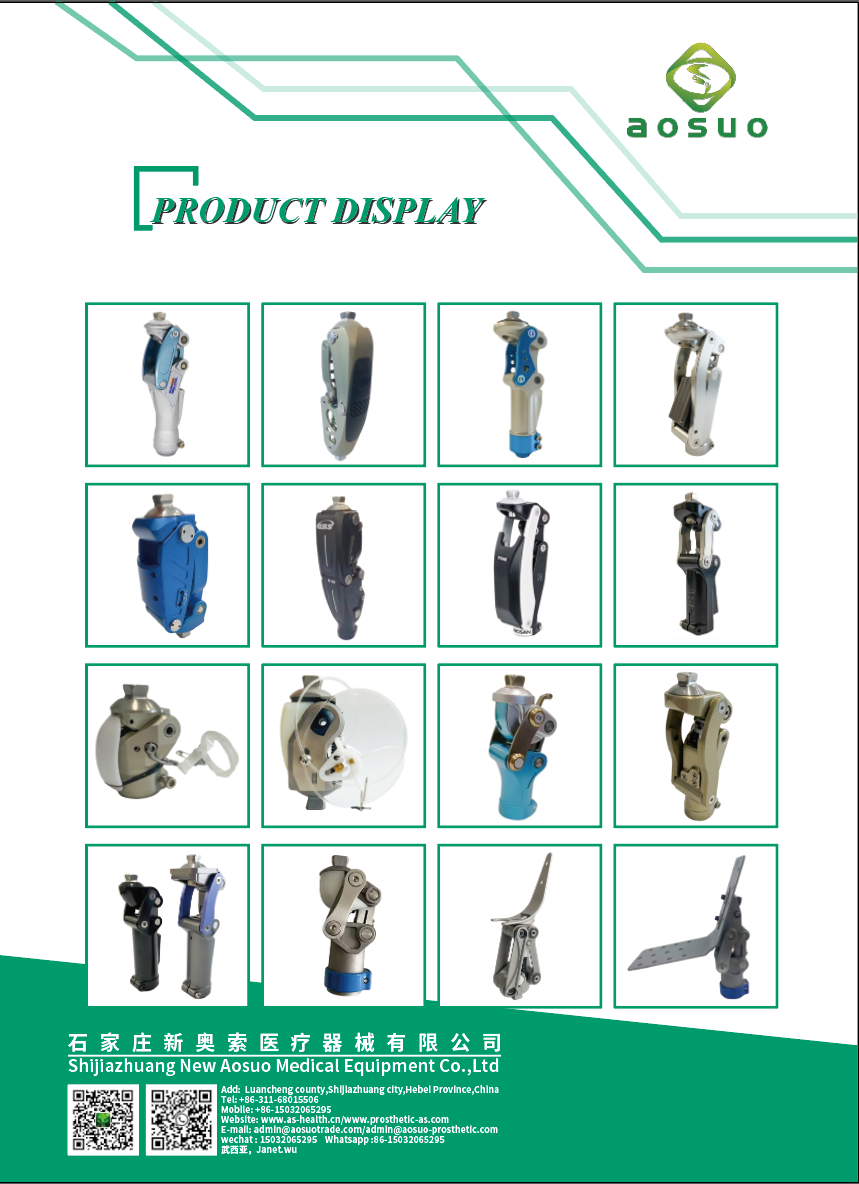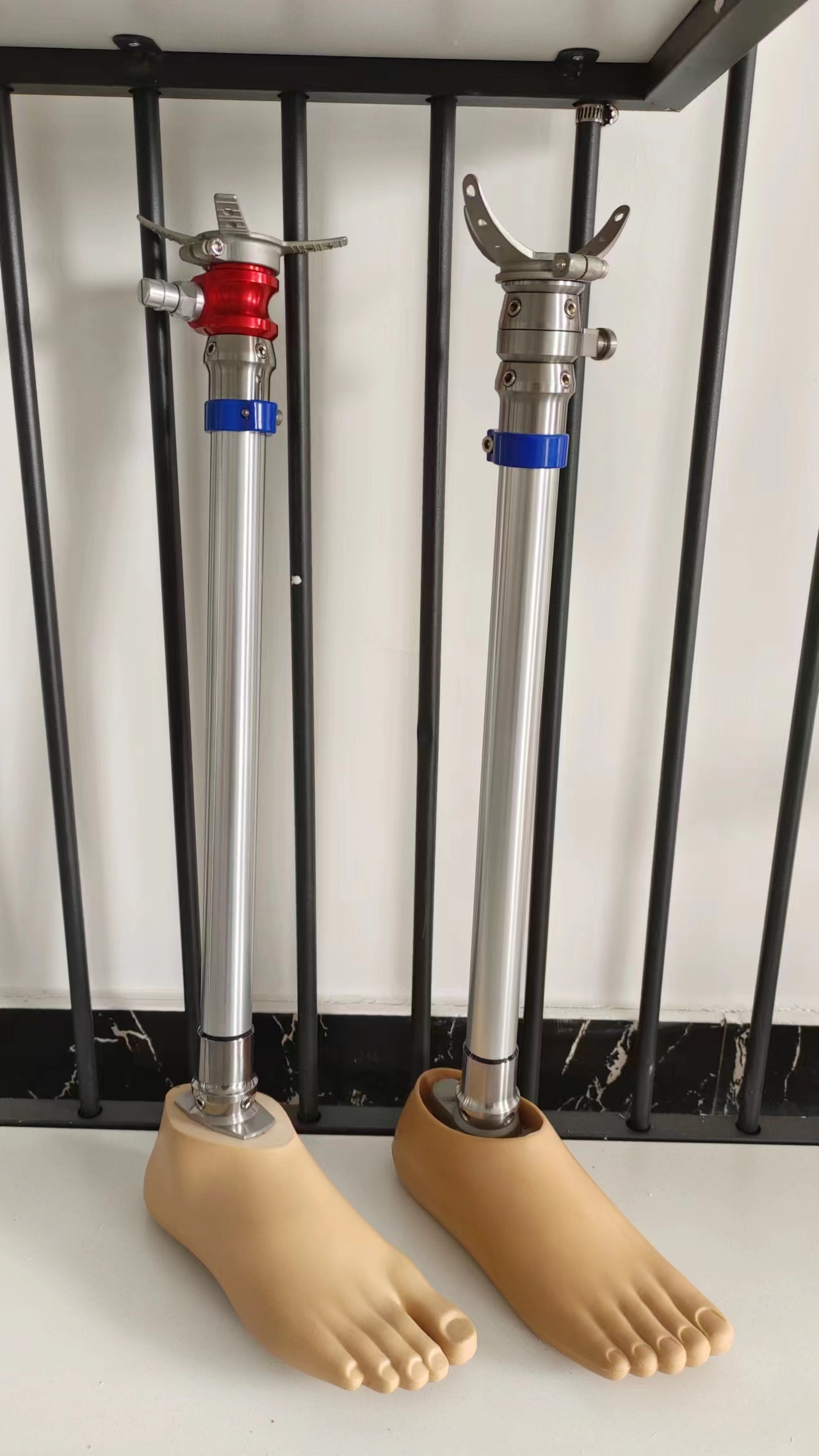The Future of Mobility: Advances in Artificial Limb Implants
Release Time:
Jun 22,2025
The Future of Mobility: Advances in Artificial Limb Implants Table of Contents 1. Introduction to Artificial Limb Implants 2. A Brief History of Prosthetics 3. Current Technologies in Limb Implants 4. Material Innovations in Prosthetics 5. The Role of Biomechanics in Design 6. The Emergence of Neuroprosthetics 7. Future Technologies on the Horizon 8. The Impact of
The Future of Mobility: Advances in Artificial Limb Implants
Table of Contents
- 1. Introduction to Artificial Limb Implants
- 2. A Brief History of Prosthetics
- 3. Current Technologies in Limb Implants
- 4. Material Innovations in Prosthetics
- 5. The Role of Biomechanics in Design
- 6. The Emergence of Neuroprosthetics
- 7. Future Technologies on the Horizon
- 8. The Impact of Artificial Limb Advances on Quality of Life
- 9. FAQs about Artificial Limb Implants
- 10. Conclusion
1. Introduction to Artificial Limb Implants
In the realm of medical advancements, **artificial limb implants** stand out for their transformative potential. These prostheses offer **hope and mobility** to individuals who have experienced limb loss due to injury, disease, or congenital conditions. The future of mobility is being reshaped by innovations that enhance the functionality and comfort of these devices, allowing users to lead more active and fulfilling lives.
2. A Brief History of Prosthetics
The journey of prosthetics dates back thousands of years. Ancient civilizations utilized rudimentary wooden and metal limbs, primarily serving functional purposes. The **19th century** marked a significant turning point with the introduction of more sophisticated designs that aimed at improving the fit and usability of artificial limbs. The **20th century** witnessed an explosion of technological advancements, resulting in the development of more versatile and adaptable prosthetic systems. Today, we stand at the forefront of a new era in **artificial limb technology**, characterized by increased personalization and integration with the human body.
3. Current Technologies in Limb Implants
Modern prosthetics leverage cutting-edge technologies that significantly enhance their performance and usability.
3.1 Microprocessor-Controlled Limbs
Microprocessor-controlled prosthetics represent a breakthrough, allowing for a more intuitive movement. These devices use sensors and algorithms to analyze the user's gait and adjust accordingly, facilitating smoother, more natural movement patterns.
3.2 Bionic Limbs
Bionic limbs are equipped with advanced robotics and powered motors. They can mimic the natural motion of biological limbs, offering remarkable functionality. Users can now perform intricate tasks—like grasping small objects or climbing stairs—with greater ease.
4. Material Innovations in Prosthetics
The effectiveness of artificial limbs heavily relies on the materials used in their construction.
4.1 Lightweight Alloys and Composites
Advancements in material science have led to the creation of lightweight alloys and composite materials. These innovations make prosthetics easier to wear and more comfortable, reducing fatigue during extended use.
4.2 Smart Materials
Smart materials that adapt to different stimuli are revolutionizing prosthetic design. For instance, some materials can alter their properties in response to temperature or pressure, enhancing user comfort.
5. The Role of Biomechanics in Design
Understanding the biomechanics of human movement is essential when designing artificial limbs.
5.1 Analyzing Movement Patterns
By studying how people walk, run, and perform daily activities, engineers can create limbs that closely replicate these patterns. This allows users to engage in activities they may have thought impossible.
5.2 Custom Fit and Adjustability
Advanced scanning technologies enable the creation of custom-fitted prosthetics. This personalization maximizes comfort and performance, ensuring that users can enjoy mobility without discomfort or restriction.
6. The Emergence of Neuroprosthetics
Neuroprosthetics represents a frontier in the field of artificial limbs where technology and biology intersect.
6.1 Brain-Machine Interfaces
Research in brain-machine interfaces (BMIs) is paving the way for prosthetics that users can control with their thoughts. These devices interpret neural signals and translate them into movement, offering unprecedented control.
6.2 Sensory Feedback
The goal of integrating sensory feedback mechanisms is to restore the sense of touch to users. This advancement not only enhances the functionality of artificial limbs but also improves the user's ability to interact with their environment.
7. Future Technologies on the Horizon
The future of artificial limb implants is bright, with several promising technologies on the brink of realization.
7.1 3D Printing
3D printing technology allows for rapid prototyping and production of prosthetic limbs that are tailored to the user's specific needs. This can make prosthetic limbs more affordable and accessible.
7.2 Integration with Augmented Reality (AR)
The integration of AR with prosthetic devices can enhance the user experience by providing real-time feedback and guidance during use, improving functionality, and training.
8. The Impact of Artificial Limb Advances on Quality of Life
The advances in artificial limb technology have profound implications for users' quality of life.
8.1 Psychological and Emotional Benefits
The ability to regain mobility has significant psychological benefits, reducing feelings of isolation and depression. Users often report increased confidence and a renewed sense of independence.
8.2 Social Integration
Innovations in artificial limbs enhance social integration, allowing users to participate in activities they enjoyed prior to limb loss. This promotes a more inclusive environment and encourages community engagement.
9. FAQs about Artificial Limb Implants
9.1 What are artificial limb implants made of?
Artificial limb implants are typically made from a combination of lightweight materials such as titanium alloys, carbon fiber, and advanced polymers, designed for durability and comfort.
9.2 How do microprocessor-controlled prosthetics work?
Microprocessor-controlled prosthetics use sensors to detect movement and adjust the limb's position in real-time, allowing for a more natural gait.
9.3 Can I control my prosthetic limb with my thoughts?
Yes, neuroprosthetics are being developed that enable users to control their prosthetic limbs using brain-machine interfaces.
9.4 Are artificial limbs covered by insurance?
Coverage for artificial limbs can vary by insurance provider and plan. It's important to check with your specific insurance to understand what is covered.
9.5 How often do I need to replace my prosthetic limb?
The lifespan of a prosthetic limb can vary based on usage, materials, and care. Regular check-ups with a prosthetist are essential to determine if replacement is needed.
10. Conclusion
The advancements in artificial limb implants are not just about restoring mobility; they are about **transforming lives**. As technology continues to evolve, we can anticipate even greater innovations that will further enhance the functionality, comfort, and integration of prosthetic limbs into daily life. The future of mobility is undoubtedly bright, promising enhanced quality of life for users across the globe. Through continued research and development, we can look forward to a world where mobility is a reality for everyone.
Keywords:
You Can Also Learn More About Industry Trends







